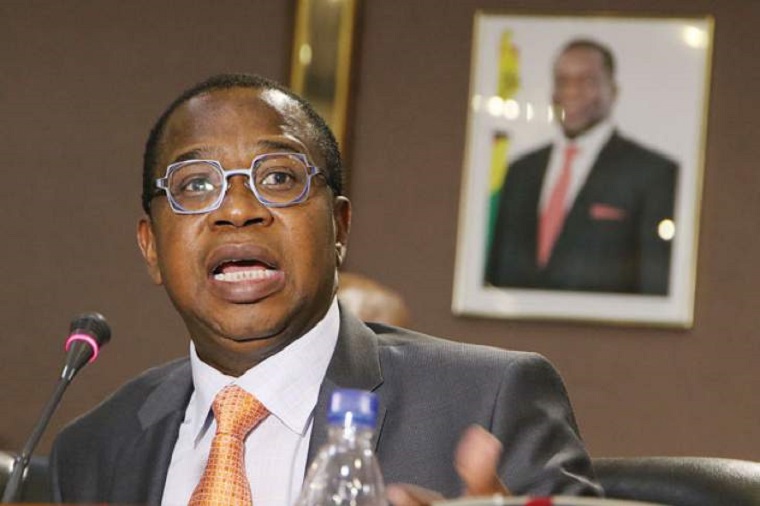 Zimbabwe Finance Minister Mthuli Ncube says he may raise interest rates again to try and shore up a rapidly depreciating Zimbabwe dollar.
Zimbabwe Finance Minister Mthuli Ncube says he may raise interest rates again to try and shore up a rapidly depreciating Zimbabwe dollar.
The exchange rate has fallen from $705 in January to $1 021 on the official currency market, but it is even weaker on the more widely used black market, where it is around double the official rate. This has sped up a flight to US dollars and fuelled sharp price increases.
The Reserve Bank cut its main bank rate to 140% in March from 150%, after having raised the rate to 200% last year when the currency dropped steeply.
The bank said in March that the rate cuts were responding to dissipating inflation pressures, but prices are raging again as the currency dips. Ncube says he is now debating if a new rate hike may be needed.
“Interest rates have been quite high, but of late we had started bringing down the interest rates. But I’m now wondering, with the recent hike in the exchange rate in other markets, should I increase interest rates?” Ncube told business leaders at the Zimbabwe International Trade Fair in Bulawayo today.
“Please stop pushing that parallel market. If you do, I will increase interest rates back to 200% and beyond, because that’s what we know.”
The depreciation of the local currency is “very costly to everybody”, Ncube said.
Analysts attribute the currency’s latest bout of weakness to rising US dollar demand and increased government spending in supplier payments and wages.
Election spending may also fuel inflation, but, speaking to reporters last week, Ncube insisted that he will not bust the budget for the poll, expected in August.
“We are sticking to our budget projections and assumptions. Our target this year is a budget deficit of 1.5% of GDP. We will be able to stick to that target. In the last few years, we have had a few shocks; Cyclone Idai, the droughts, and COVID. We are now resilient to such shocks,” Ncube said.
“Last year, we had to self-finance the census, quite a heavy bill, but we still remained within our budget deficit target. It will be the same this year with the election. We will be able to absorb the shock that comes with it.”
Annual inflation, based on government’s measure which blends USD and Zimdollar prices, was 75.2% in April from 87.6% in March. But month-on-month inflation rose 2.3 percentage points to 2.4% in the month, according to Zimstat data released today.
Government says its tight monetary policy steps last year, which included rate hikes and a controversial temporary suspension of bank lending, was necessary to contain inflation. But business groups partly blame those policies for stalling consumer spending over the past year and slowing down economic growth.
While high interest rates were meant to save the Zimdollar, they have had the opposite effect. The policy has driven demand for US dollar credit from banks and Zimdollar scarcity has forced more people to turn to the USD for transactions.
Government data in January showed that over 76% of all transactions were now in USD, while central bank said most bank loans are now in USD.
Showing the rapid loss of public trust in the Zimdollar across the economy, cement company PPC reported recently that over 80% of its sales are now in USD.- NewZWire
(59 VIEWS)

